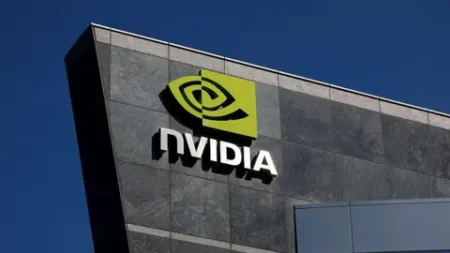In a significant move towards enhancing voice technology, a British company has developed a pioneering AI voice cloning tool designed to accurately replicate a variety of British regional accents. This innovation, known as Express-Voice, aims to address a notable gap in the current AI voice landscape, where many artificial voices often replicate North American or southern English accents, leaving a void for those who desire authentic regional representations in their audio content.
The significance of this tool lies in its potential application across various mediums, including training videos, sales presentations, and other content forms where authentic voice replication is crucial. Synthesia, the firm behind Express-Voice, dedicated a year to meticulously building a diverse database of UK voices, recording individuals in studio settings while also gathering data from online sources. This extensive effort culminated in the creation of a voice cloning model that not only mimics real voices but also generates entirely synthetic ones.
Youssef Alami Mejjati, the Head of Research at Synthesia, emphasizes the importance of preserving regional accents, particularly for individuals in positions of authority. He notes that the desire for an accurate representation of one’s likeness and accent resonates deeply with their clientele. For instance, French-speaking customers have expressed concerns that many synthetic voices sound more akin to French-Canadian rather than originating from France itself. This feedback reveals a broader issue where voice synthesis tools, predominantly developed by North American firms, lean heavily on datasets that may not capture the nuances of different regional accents.
One of the challenges noted by Mr. Mejjati is the difficulty of mimicking less common accents, as these often have limited recorded material available for training AI models. This aspect is critical, particularly considering that many voice-activated AI products, including smart speakers, tend to struggle with understanding varied accents. A case in point involves internal documents from West Midlands Police, which raised alarms about voice recognition systems failing to adequately comprehend Brummie accents, highlighting the technology’s limitations.
While Synthesia is focused on improving the representation of UK accents, another startup, Sanas, is working on an alternative approach by developing tools that “neutralize” the accents of non-native English speakers in call centers. Their goal is to mitigate the “accent discrimination” faced by workers in regions like India and the Philippines when their accents hinder clear communication with callers.
As the voice technology landscape rapidly advances, experts raise concerns about the potential erosion of dialects and unique languages in the digital age. Research indicates that nearly half of the world’s existing languages are endangered, and many lack sufficient digital representation. AI specialist Henry Ajder, who advises multiple organizations, warns that current developments in AI are homogenizing speech patterns, which could further marginalize less common dialects.
Synthesia’s new tool, which will not be available for free, includes safeguards against hate speech and explicit content, yet the market is already saturated with open-source voice-cloning tools that lack stringent controls. The rapid evolution of this technology poses safety concerns, particularly as malicious actors could exploit these tools for fraud or manipulation.
Recent incidents, such as the case where AI-generated messages impersonated U.S. Secretary of State Marco Rubio, underline the necessity for caution as the landscape of voice technology continues to expand. Ajder notes, “The open-source landscape for voice has evolved so rapidly over the last nine to 12 months,” which raises alarms about the implications for security and ethical usage.
In conclusion, while Synthesia’s Express-Voice could revolutionize how accents are represented in AI-generated content, it also brings to light critical issues regarding the preservation of unique languages and dialects amidst advancing technology. The delicate balance between innovation and safety will be pivotal as consumers and creators alike navigate this evolving digital terrain.











